Dish soap coffee stain removal – sounds too good to be true, right? I thought so too, until I was faced with a stubborn coffee stain threatening to ruin my favorite white shirt. We’ve all been there, that heart-stopping moment when a dark liquid splatters onto our clothes, furniture, or even our beloved carpets. Coffee stains, in particular, seem to have a knack for clinging on for dear life!
Throughout history, people have sought effective ways to tackle stains. From ancient remedies using natural ingredients to modern chemical solutions, the quest for stain removal has been a constant. But what if the answer was already in your kitchen sink? This DIY trick isn’t just about saving your clothes; it’s about saving time, money, and the environment by using a readily available, gentle solution.
Let’s be honest, professional stain removers can be expensive and often contain harsh chemicals. This dish soap coffee stain removal method offers a simple, affordable, and eco-friendly alternative. I’m going to show you exactly how to use dish soap to banish those pesky coffee stains for good. Get ready to say goodbye to coffee-stained woes and hello to a cleaner, brighter future for your fabrics!
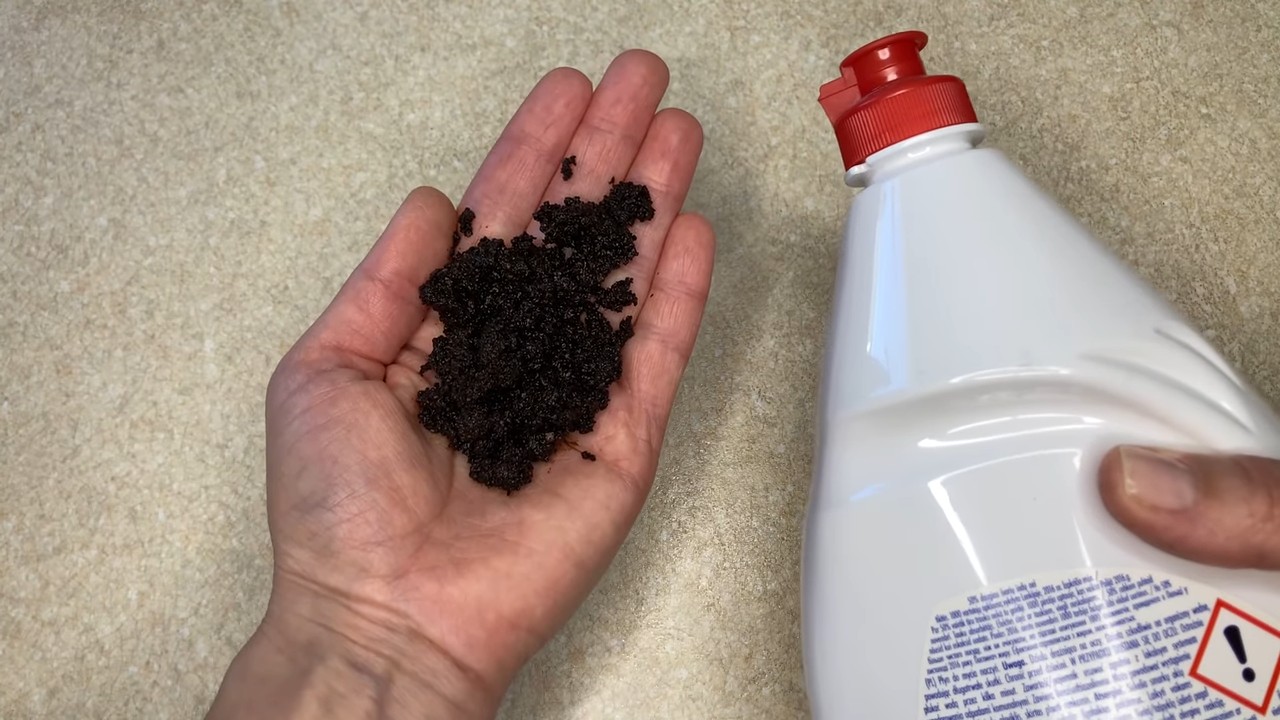
DIY Coffee Stain Removal with Dish Soap: A Comprehensive Guide
Hey there! Coffee stains, am I right? We’ve all been there. That dreaded moment when your precious morning brew takes a tumble onto your favorite shirt, rug, or even the car seat. Don’t panic! Before you reach for those harsh chemical cleaners, let’s try a simple and effective DIY solution using something you probably already have in your kitchen: dish soap!
This guide will walk you through various methods for tackling coffee stains using dish soap, covering different surfaces and stain ages. I’ll share my tried-and-true techniques, so you can say goodbye to those pesky coffee marks.
Understanding Coffee Stains
Before we dive in, it’s helpful to understand what we’re up against. Coffee stains are primarily caused by tannins, natural plant compounds that give coffee its color and flavor. These tannins bind easily to fibers, making them tricky to remove. The sooner you treat a coffee stain, the better your chances of complete removal. Fresh stains are much easier to tackle than old, set-in ones.
Materials You’ll Need
* Dish soap (a clear, non-bleach formula is best)
* Clean white cloths or sponges
* Cold water
* Spray bottle (optional)
* Baking soda (for stubborn stains)
* White vinegar (for extra cleaning power)
* Soft-bristled brush (for carpets and upholstery)
* Vacuum cleaner (for carpets and upholstery)
* Iron (for clothing, optional)
* Hydrogen peroxide (3% solution, for light-colored fabrics, use with caution)
General Stain Removal Tips
* Act Fast: The quicker you address the stain, the easier it will be to remove.
* Blot, Don’t Rub: Rubbing can spread the stain and damage the fibers. Always blot gently.
* Test in an Inconspicuous Area: Before applying any cleaning solution, test it on a hidden area of the fabric or surface to ensure it doesn’t cause discoloration or damage.
* Work from the Outside In: Start blotting or cleaning from the outer edges of the stain and work your way towards the center. This helps prevent the stain from spreading.
* Rinse Thoroughly: After applying the cleaning solution, rinse the area thoroughly with cold water to remove any residue.
* Air Dry: Avoid using a dryer or applying heat until you’re sure the stain is completely gone. Heat can set the stain permanently.
Removing Coffee Stains from Clothing
This is probably the most common coffee stain scenario! Here’s how I tackle it:
1. Blot the Stain: As soon as possible, blot the stain with a clean white cloth or paper towel to absorb as much coffee as possible. Remember, blot, don’t rub!
2. Rinse with Cold Water: Turn the garment inside out and rinse the stained area with cold water. This helps to flush out the coffee from the fibers.
3. Apply Dish Soap: Apply a small amount of dish soap directly to the stain. Gently rub the fabric together to work the soap into the fibers.
4. Soak (for Stubborn Stains): If the stain is stubborn, soak the garment in a solution of cold water and a few drops of dish soap for 30 minutes to an hour.
5. Launder as Usual: Wash the garment in the washing machine as usual, using cold water.
6. Check Before Drying: Before putting the garment in the dryer, check to make sure the stain is completely gone. If it’s still visible, repeat the process or try another method.
7. Air Dry or Iron (Optional): If the stain is gone, you can either air dry the garment or iron it on a low setting. Ironing can sometimes help to further set the stain removal process.
Removing Coffee Stains from Carpets and Rugs
Carpet stains can be a real pain, but dish soap can come to the rescue!
1. Blot the Spill: Immediately blot the spill with a clean white cloth or paper towel to absorb as much coffee as possible.
2. Prepare the Cleaning Solution: Mix a teaspoon of dish soap with two cups of cold water in a spray bottle or bowl.
3. Apply the Solution: Spray or dab the cleaning solution onto the stained area.
4. Blot Again: Gently blot the area with a clean white cloth, working from the outside in.
5. Rinse with Cold Water: Dampen a clean cloth with cold water and blot the area to rinse away the soap residue.
6. Dry the Area: Use a clean, dry cloth to blot the area dry. You can also place a clean towel over the area and weigh it down with a heavy object to absorb any remaining moisture.
7. Vacuum: Once the area is completely dry, vacuum it to restore the carpet’s texture.
8. For Stubborn Stains: If the stain persists, make a paste of baking soda and water and apply it to the stain. Let it dry completely, then vacuum it up.
Removing Coffee Stains from Upholstery
Upholstery requires a gentler touch, but the same principles apply.
1. Blot the Spill: Immediately blot the spill with a clean white cloth or paper towel.
2. Prepare the Cleaning Solution: Mix a teaspoon of dish soap with two cups of cold water.
3. Test the Solution: Test the solution on an inconspicuous area of the upholstery to ensure it doesn’t cause discoloration.
4. Apply the Solution: Dampen a clean cloth with the cleaning solution and gently blot the stained area. Avoid soaking the fabric.
5. Rinse with Cold Water: Dampen a clean cloth with cold water and blot the area to rinse away the soap residue.
6. Dry the Area: Use a clean, dry cloth to blot the area dry. You can also use a fan to speed up the drying process.
7. For Stubborn Stains: If the stain persists, consider using a commercial upholstery cleaner or consulting a professional cleaner.
Removing Coffee Stains from Mugs and Cups
Those stubborn coffee rings in your favorite mug? Dish soap to the rescue!
1. Rinse the Mug: Rinse the mug with warm water to loosen any loose coffee residue.
2. Apply Dish Soap: Apply a small amount of dish soap to a sponge or scrub brush.
3. Scrub the Mug: Scrub the inside of the mug, paying particular attention to the stained areas.
4. Rinse Thoroughly: Rinse the mug thoroughly with warm water to remove all traces of soap.
5. For Stubborn Stains: If the stains are particularly stubborn, try making a paste of baking soda and water and scrubbing the mug with it. You can also soak the mug in a solution of hot water and dish soap for a few hours.
Dealing with Old or Set-In Coffee Stains
Old coffee stains can be more challenging, but don’t give up hope! Here are a few tricks I’ve used:
1. Pre-Soaking: For clothing, soak the garment in a solution of cold water and a laundry booster (like OxiClean) for several hours or overnight.
2. Vinegar Solution: For carpets and upholstery, try a solution of equal parts white vinegar and water. Apply it to the stain, let it sit for a few minutes, and then blot it up with a clean cloth.
3. Baking Soda Paste: Make a paste of baking soda and water and apply it to the stain. Let it dry completely, then vacuum it up.
4. Hydrogen Peroxide (Use with Caution): For light-colored fabrics, you can try using a 3% solution of hydrogen peroxide. Test it on an inconspicuous area first to make sure it doesn’t cause discoloration. Apply the hydrogen peroxide to the stain, let it sit for a few minutes, and then blot it up with a clean cloth. Rinse thoroughly with cold water.
5. Professional Cleaning: If all else fails, consider taking the item to a professional cleaner. They have specialized equipment and cleaning solutions that can often remove even the most stubborn stains.
Extra Tips and Tricks
* Lemon Juice: Lemon juice is a natural bleaching agent that can help to lighten coffee stains. Apply lemon juice to the stain, let it sit in the sun for a few hours, and then rinse it with cold water.
* Club Soda: Club soda can be effective for removing fresh coffee stains. Pour club soda onto the stain, let it fizz for a few minutes, and then blot it up with a clean cloth.
* Steam Cleaning: Steam cleaning can be a good option for removing coffee stains from carpets and upholstery. The steam helps to loosen the stain, making it easier to remove.
* Prevention is Key: The best way to deal with coffee stains is to prevent them from happening
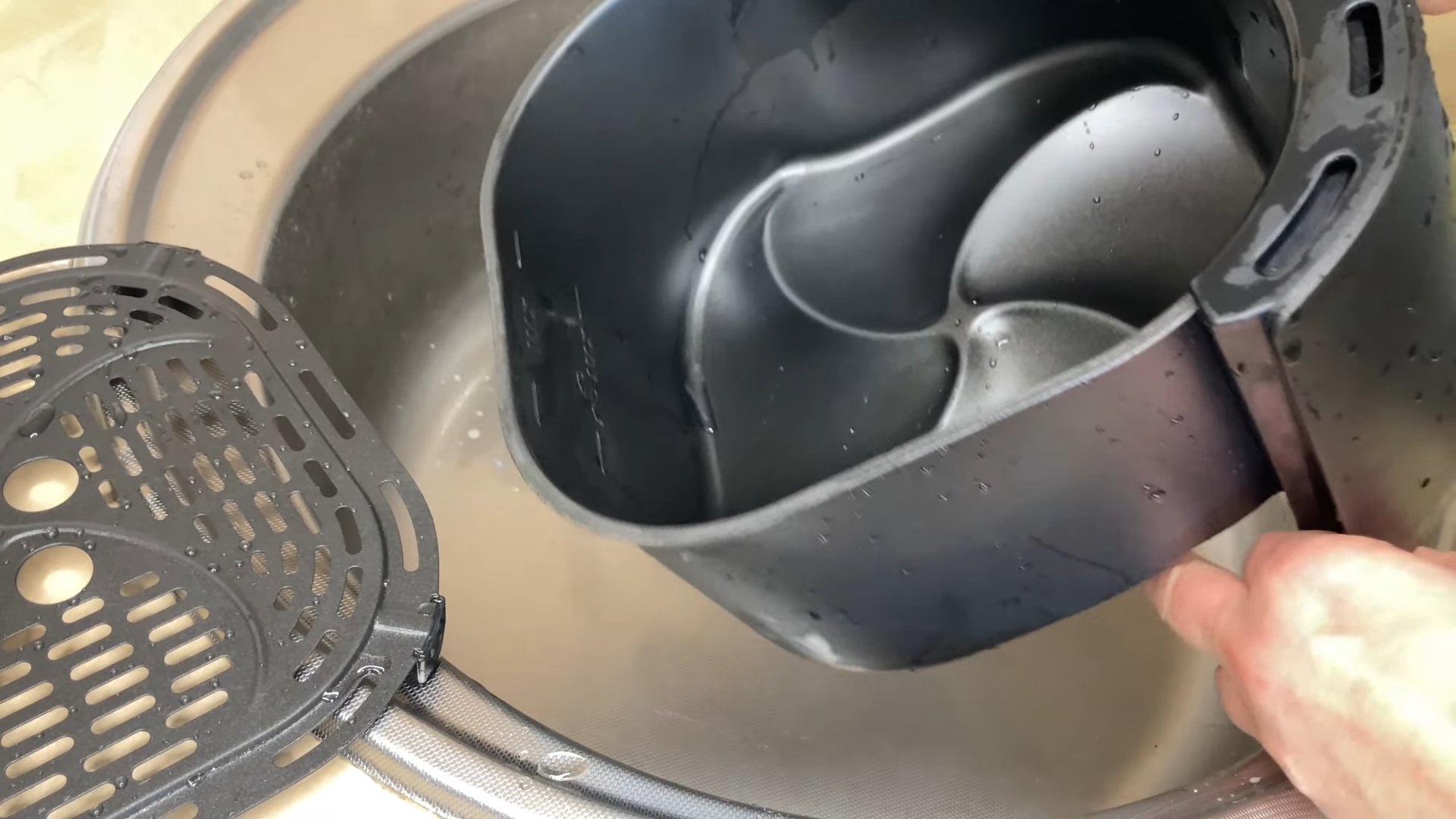
Conclusion
So, there you have it! This simple yet incredibly effective DIY trick using dish soap for coffee stain removal is a game-changer for anyone who’s ever suffered the heartbreak of a spilled cup of joe. We’ve all been there – that moment of panic when dark liquid spreads across our favorite shirt, rug, or upholstery. But now, armed with this knowledge, you can face those coffee catastrophes with confidence.
Why is this a must-try? Because it’s accessible, affordable, and, most importantly, it works! You likely already have dish soap in your kitchen, making this a readily available solution. No need to rush out and buy expensive stain removers filled with harsh chemicals. This method is gentle enough for delicate fabrics yet powerful enough to lift even stubborn, set-in coffee stains.
But the beauty of this DIY trick lies not only in its simplicity but also in its adaptability. Consider these variations to tailor the method to your specific needs:
* For extra-tough stains: Pre-treat the stain with a paste of baking soda and water before applying the dish soap solution. Let it sit for 30 minutes to an hour to help lift the stain.
* For delicate fabrics: Test the dish soap solution on an inconspicuous area first to ensure it doesn’t cause discoloration. Use a gentler dish soap formulated for delicate items.
* For colored fabrics: Avoid using dish soaps with added bleach, as they may fade the color. Opt for a clear, dye-free dish soap.
* For carpets and upholstery: Use a clean, white cloth to blot the stain instead of rubbing, which can spread the stain and damage the fibers. Consider using a wet/dry vacuum to extract the excess moisture and cleaning solution.
This method isn’t just about removing stains; it’s about saving your favorite items and reducing waste. Think of all the clothes, rugs, and furniture that end up in landfills simply because of a coffee stain. By using this simple DIY trick, you can extend the life of your belongings and contribute to a more sustainable lifestyle.
We wholeheartedly encourage you to try this dish soap coffee stain removal method the next time you encounter a coffee spill. It’s a small effort with a potentially huge payoff. And once you’ve experienced the magic for yourself, we’d love to hear about it! Share your success stories, tips, and variations in the comments below. Let’s build a community of stain-fighting experts and help each other keep our homes and wardrobes looking their best. Don’t let coffee stains ruin your day – or your belongings! Give this DIY trick a try and see the difference it can make.
Frequently Asked Questions (FAQ)
What kind of dish soap works best for coffee stain removal?
Generally, any clear, non-bleach dish soap will work effectively. Avoid dish soaps with added dyes or fragrances, as these could potentially stain or discolor the fabric. A simple, basic dish soap is your best bet. Brands like Dawn, Palmolive, or similar clear dish soaps are commonly used and recommended. If you’re dealing with a particularly delicate fabric, consider using a dish soap specifically formulated for delicate items.
Will this method work on old, set-in coffee stains?
While this method is most effective on fresh stains, it can still work on older, set-in stains with a little extra effort. For set-in stains, pre-treating is crucial. Try soaking the stained area in a solution of cold water and a small amount of dish soap for several hours or even overnight. You can also create a paste of baking soda and water and apply it to the stain before applying the dish soap solution. Gently scrub the area with a soft brush or cloth and then rinse thoroughly. You may need to repeat the process several times to completely remove the stain.
Can I use this method on all types of fabrics?
This method is generally safe for most fabrics, but it’s always a good idea to test it on an inconspicuous area first, especially if you’re dealing with delicate or brightly colored fabrics. Silk, wool, and other delicate materials may require special care. Avoid using harsh scrubbing motions on delicate fabrics, as this can damage the fibers. If you’re unsure, consult the care label on the garment or item.
How much dish soap should I use?
A little dish soap goes a long way. Start with a small amount – about a teaspoon – and add more if needed. You don’t want to use too much soap, as it can be difficult to rinse out completely. The goal is to create a mild, soapy solution that will help lift the stain.
Do I need to use hot or cold water?
Cold water is generally recommended for coffee stain removal. Hot water can actually set the stain, making it more difficult to remove. Always rinse the stained area with cold water after applying the dish soap solution.
What if the stain doesn’t come out completely?
If the stain doesn’t come out completely after the first attempt, don’t give up! Repeat the process several times, allowing the dish soap solution to sit on the stain for a longer period of time each time. You can also try using a stain remover specifically designed for coffee stains. If the stain is particularly stubborn, you may need to take the item to a professional cleaner.
Can I use this method on carpets and upholstery?
Yes, this method can be used on carpets and upholstery, but it’s important to use a clean, white cloth to blot the stain instead of rubbing. Rubbing can spread the stain and damage the fibers. After blotting the stain with the dish soap solution, use a clean, damp cloth to rinse the area. You can also use a wet/dry vacuum to extract the excess moisture and cleaning solution. Be sure to test the solution on an inconspicuous area of the carpet or upholstery first to ensure it doesn’t cause discoloration.
Will this method remove the coffee smell as well?
While the dish soap will help to lift the stain, it may not completely remove the coffee smell. To eliminate any lingering odor, sprinkle baking soda over the affected area after it has dried. Let the baking soda sit for several hours or overnight, and then vacuum it up. Baking soda is a natural odor absorber and will help to neutralize the coffee smell.
Is this method safe for my washing machine?
Yes, this method is generally safe for your washing machine. However, it’s important to rinse the stained item thoroughly before putting it in the washing machine to remove any excess dish soap. Using too much dish soap in the washing machine can create excessive suds and potentially damage the machine.
Are there any other DIY stain removal tricks I can try?
Yes, there are many other DIY stain removal tricks you can try. Vinegar, lemon juice, and hydrogen peroxide are all effective stain removers. However, it’s important to use these ingredients with caution and to test them on an inconspicuous area first, as they can potentially damage or discolor certain fabrics. Always research the best stain removal method for the specific type of stain and fabric you’re dealing with.

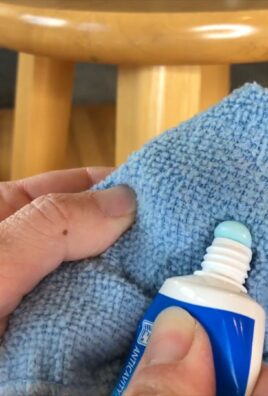
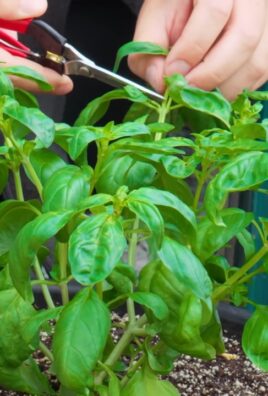
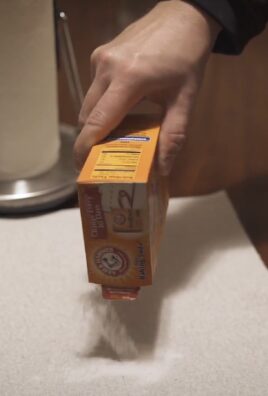
Leave a Comment